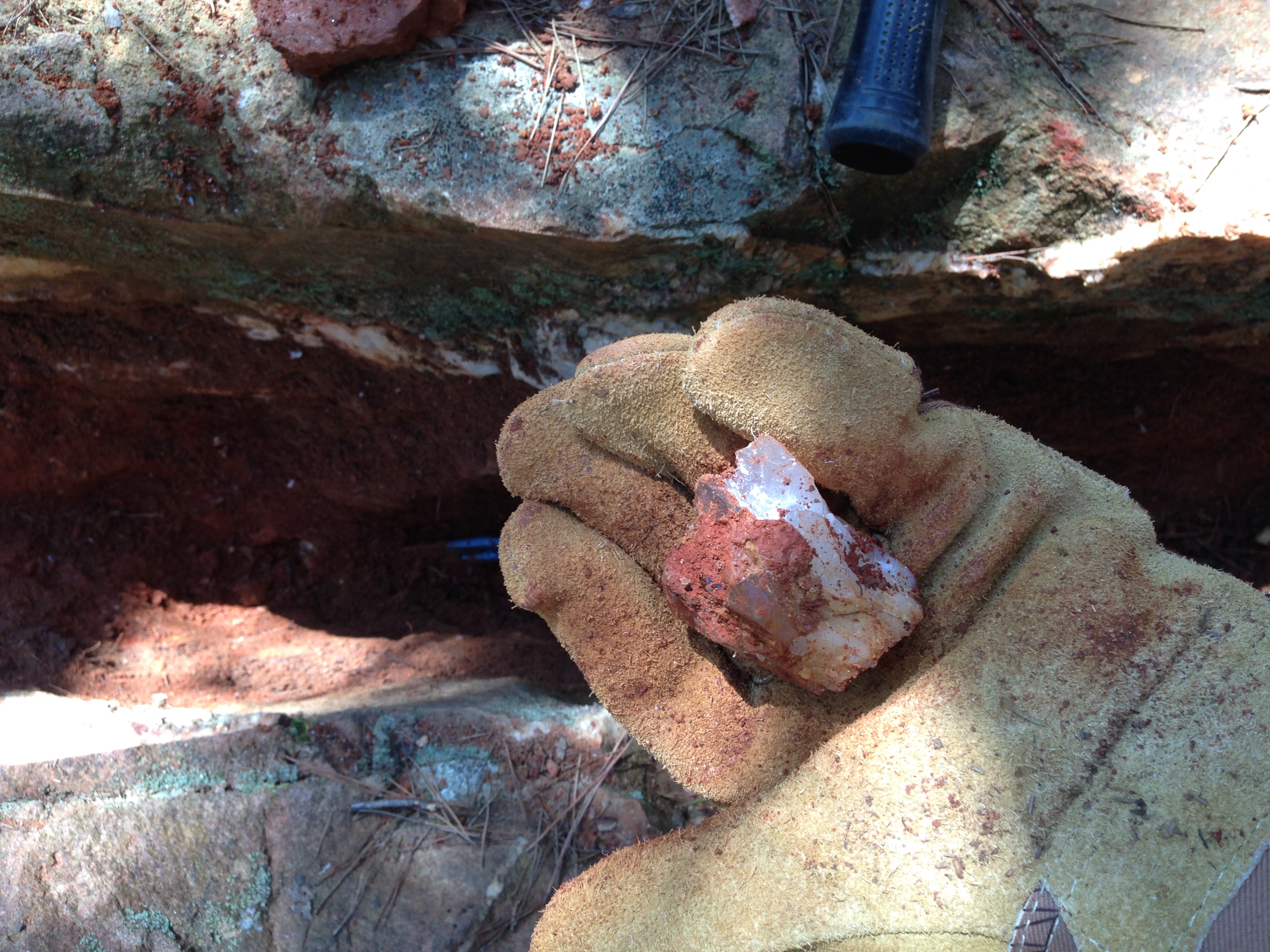
Science is a subject that is most effective when students encounter an experience with a concept or phenomena. This encounter fosters a desire within to pursue further knowledge of the concept, meaning student wish to learn more about science. Science does a wonderful job of capturing the imagination of students by creating questions that students feel driven to get answered. One of the ways we can create these scientific opportunities of experience is to get outside the building, leave the surroundings of those four walls, and get into a world that functions because of science.
Over Labor Day Weekend, a group of students ventured to Mt. Ida, Arkansas to experience the creation and harvesting of quartz. Mt. Ida is in a region of Arkansas that is known globally as being one of the most quartz rich areas in the world. Mt. Ida is a part of the Ouachita Mountains, one of the oldest mountain ranges in North America. We know that this range dates back to the Cambrian Period, which makes it over 500 million years old. Geologically, this region has an environment very different from Kansas City, so students were able to experience this for the first time. The area consists of a chain of smaller mountains, a diversity of rocks and minerals, and a soil composition containing iron oxide. To these students, it was a new world.
While traveling to Mt. Ida, students discussed how the region developed over the past million years and why the area contains an overwhelming abundance of quartz. When you get students away from school and out into science, wonderful discussions tend to be the outcome. As we got further into Arkansas, the students experienced topography they could not find back home. The hills were steep, the trees growing taller…to them, it was a new world.
Our objective for the weekend was to experience a quartz mine and to bring back samples of minerals. When we arrived at the first mine, it was clear we were in a different world. The students were fascinated by the amount of quartz that littered the ground…it was everywhere! We acquired the supplies and tools we needed to get our work done and then headed up the mountain on the back of a truck.
Once we found the pit that we wanted to work in, we talked about what signs to look for when trying to find quartz. We showed the students how veins of quartz run throughout an area and what other minerals can be found with quartz. Students were able to find different types of quartz, even some quartz that had been altered through luminescence. After 5 hours in the pit, each student had quite a haul of quartz they were able to take home with them.
What our students experienced was a process millions of years old that our planet experienced and left clues for us to uncover. For them, the conversation and questions of “why?” were as valuable as any sample they returned with. They were able to experience geology in a manner that is paramount in learning.
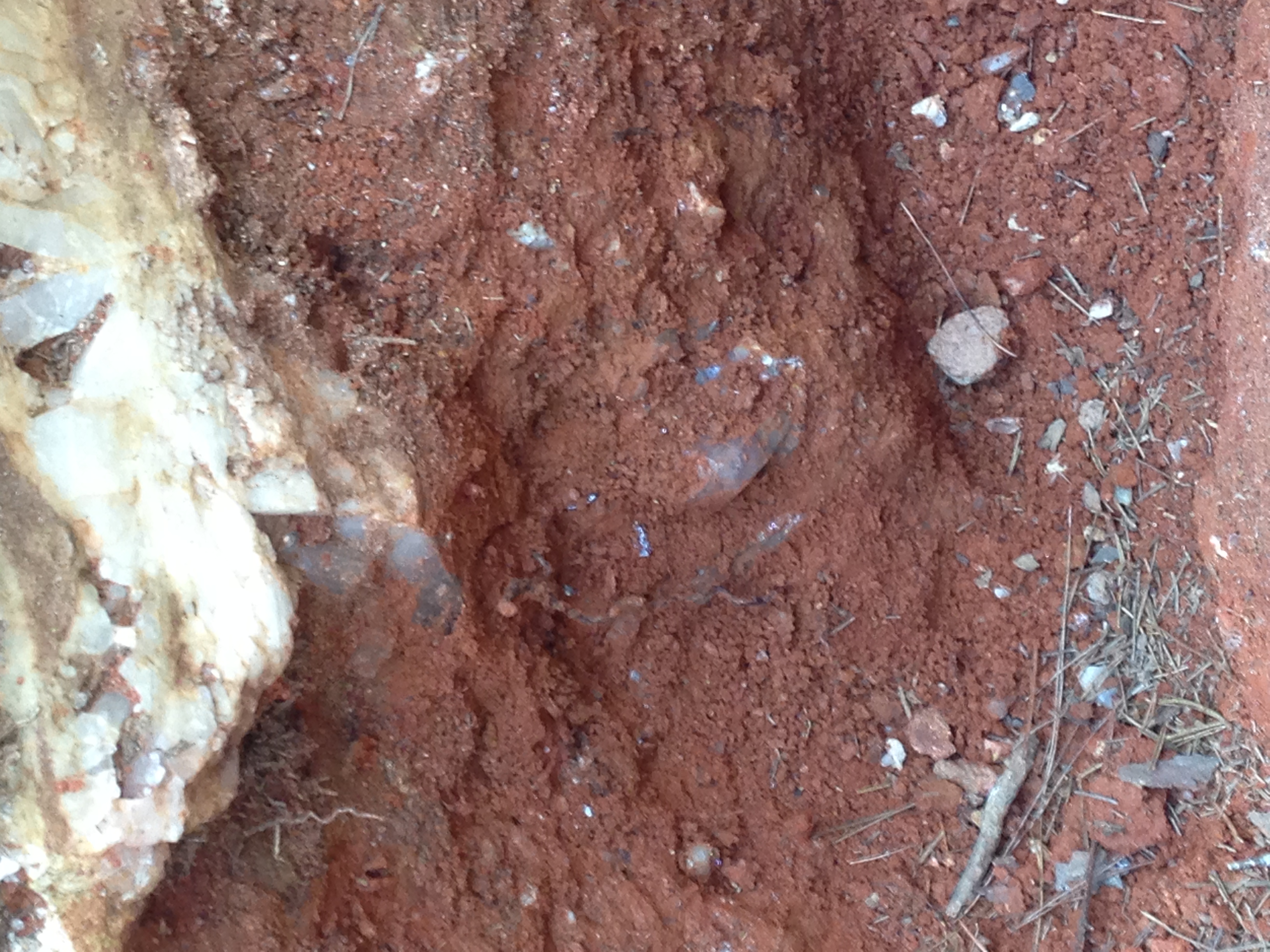
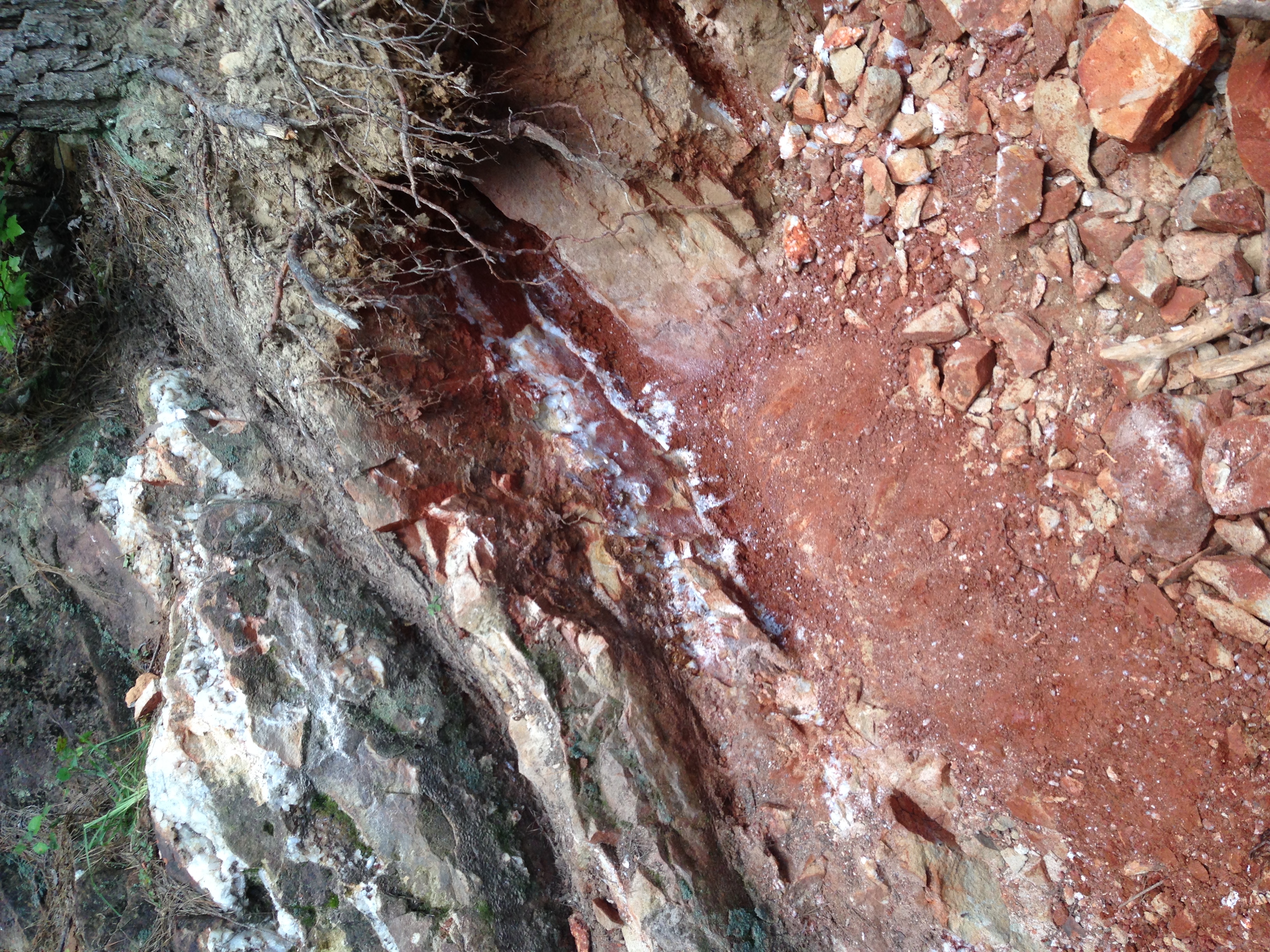


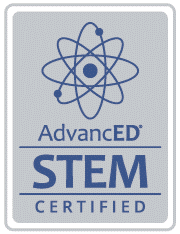
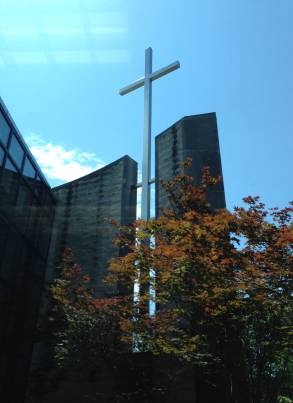
Comments